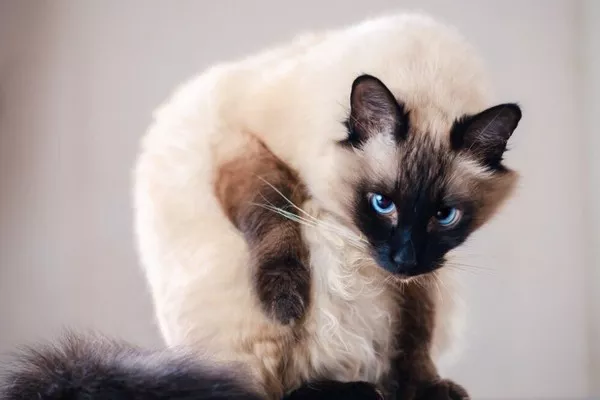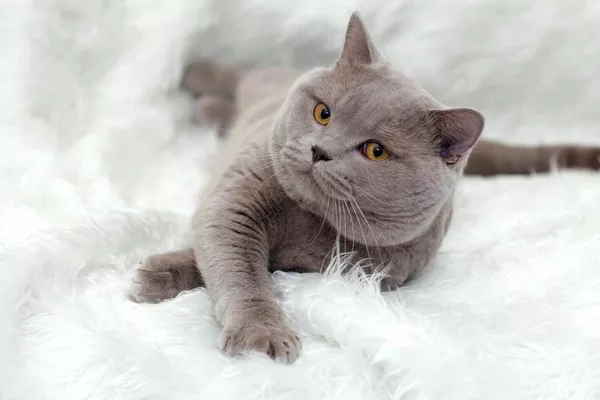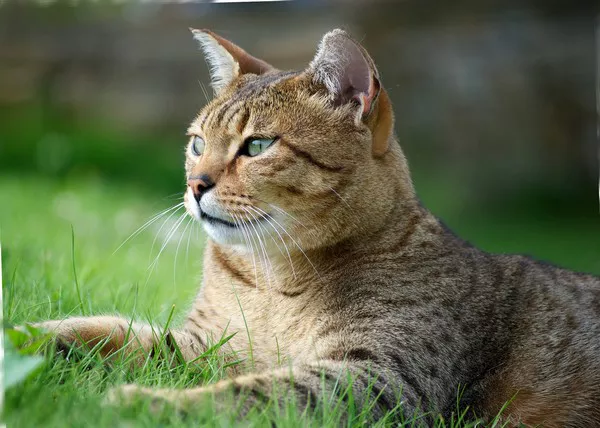Cats have long been associated with mystery and independence, and their exceptional senses contribute to their enigmatic nature. Among these senses, the ability to see in low light conditions has captured the curiosity of cat enthusiasts for generations. In this article, we will delve into the fascinating world of feline vision, exploring the science behind their night vision capabilities, the anatomical features that grant them this unique ability, and common misconceptions regarding their sight in the dark.
The Evolution of Night Vision
Nocturnal Ancestors
Cats’ evolutionary journey from nocturnal ancestors has fine-tuned their senses to adapt to low light conditions. This adaptation provided them with advantages for hunting and survival.
Retinal Adaptations
Cats’ retinas are equipped with structures that optimize their vision in low light. Specialized cells called rods are responsible for detecting dim light and motion.
Anatomy of Feline Eyes
Tapetum Lucidum
The tapetum lucidum, a reflective layer behind the retina, enhances cats’ night vision by bouncing light back through their retinas. This amplifies the available light and contributes to their ability to see in the dark.
Large Pupils
Cats’ pupils are proportionally larger than those of humans. These dilated pupils allow more light to enter the eyes, further aiding in their night vision.
The Science Behind Night Vision
Rod Dominance
Cats possess a higher ratio of rods to cones in their retinas compared to humans. This rod dominance enhances their sensitivity to low levels of light.
Lack of Color Vision
While cats have excellent night vision, their color vision is limited. They see the world in shades of blue and green due to the absence of certain color-sensitive cone cells.
The Myth of Absolute Darkness
Not Pitch Black
Contrary to popular belief, cats cannot see in absolute darkness. Their night vision capabilities allow them to navigate in dim light, but they still need some source of light to see.
Moonlit Magic
Cats’ night vision is particularly effective under moonlit skies or in dimly lit environments. They can see well enough to hunt and explore during these conditions.
Factors Affecting Night Vision
Aging and Vision
As cats age, their night vision may decline due to changes in the lenses of their eyes. Regular veterinary check-ups can monitor their overall eye health.
Indoor vs. Outdoor Cats
While all cats have some degree of night vision, outdoor cats might have a slight advantage due to their regular exposure to varying light conditions.
Cat Behavior and Night Vision
Pouncing and Hunting
Cats’ exceptional night vision allows them to engage in behaviors such as pouncing on prey and hunting under cover of darkness, making them effective nocturnal predators.
Crepuscular Habits
Some domestic cats exhibit crepuscular behavior, being most active during dawn and dusk. Their night vision enables them to hunt during these transitional light periods.
Expert Insights
Dr. Sarah Johnson, Veterinary Ophthalmologist
According to Dr. Johnson, “Cats’ night vision is a remarkable adaptation that allows them to thrive in low light conditions. Their retinal structure and tapetum lucidum play a pivotal role in this ability.”
Night Vision vs. Humans
Compared to humans, cats’ night vision capabilities are far superior. While humans rely on artificial lighting, cats can make use of even the faintest natural light.
Conclusion
In conclusion, cats’ ability to see in the dark is a testament to their evolutionary history and the remarkable adaptations that have developed over time. Their unique retinal structure, tapetum lucidum, and other anatomical features contribute to their impressive night vision capabilities. While they cannot see in pitch-black darkness, their ability to navigate and hunt under dim light conditions is a marvel of nature. As cat enthusiasts continue to marvel at the mysteries of feline behavior and senses, understanding their night vision abilities adds to the appreciation we have for these captivating companions.











![Do Birman Cats Like to Cuddle? [Revealed!]](https://www.catsmeowweb.com/wp-content/uploads/2023/06/burmese-cat-6.webp)















